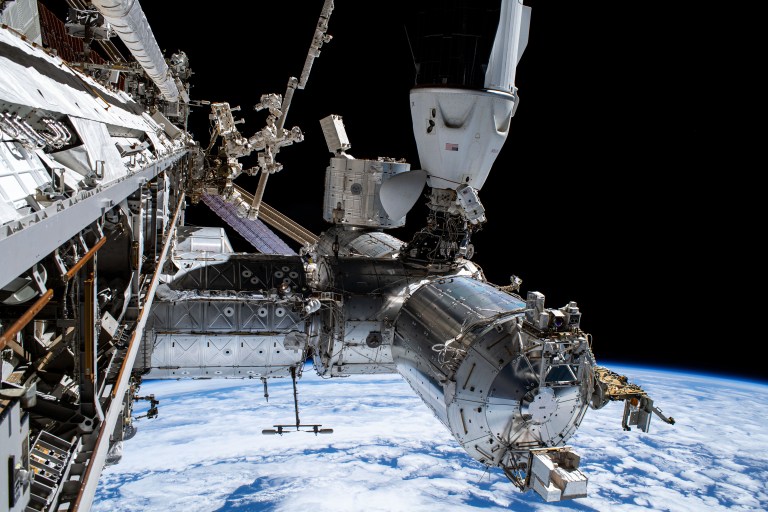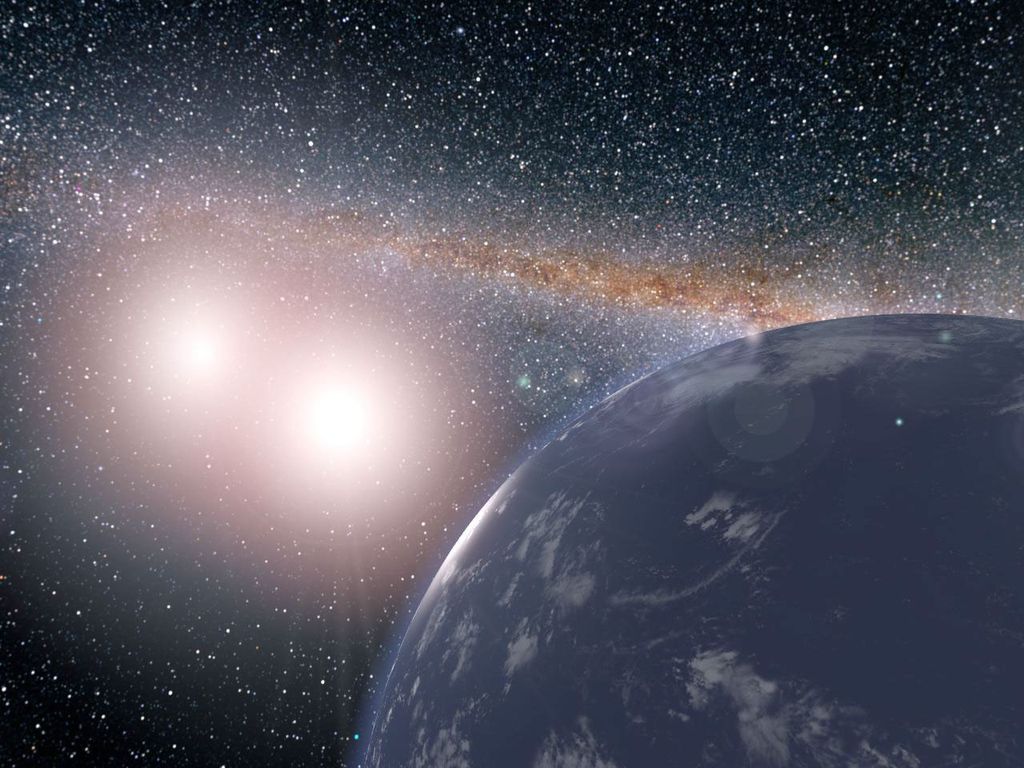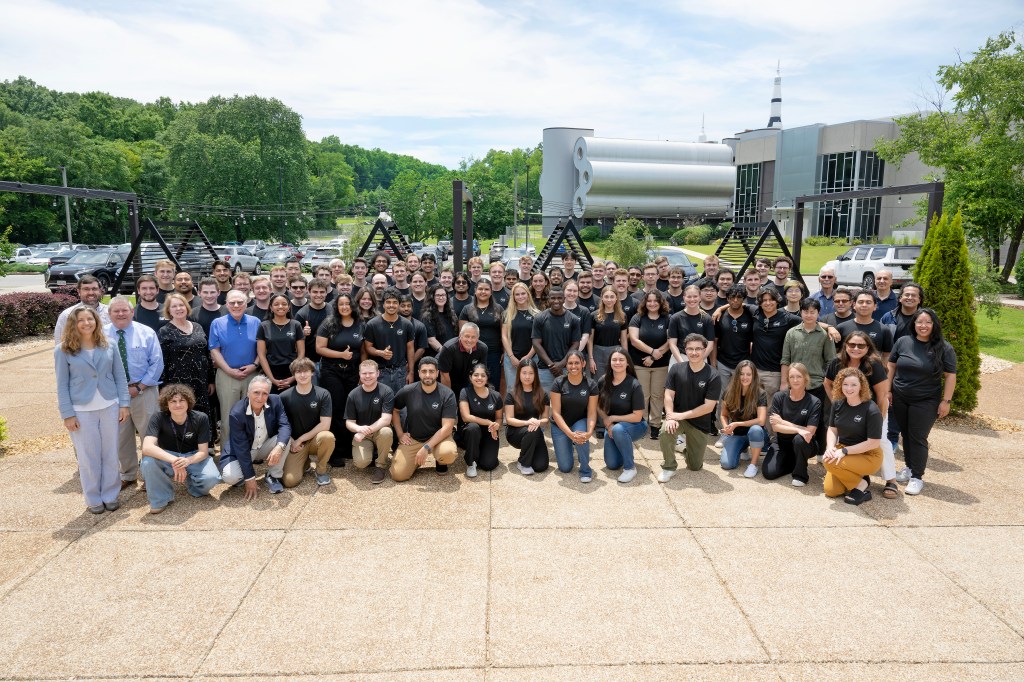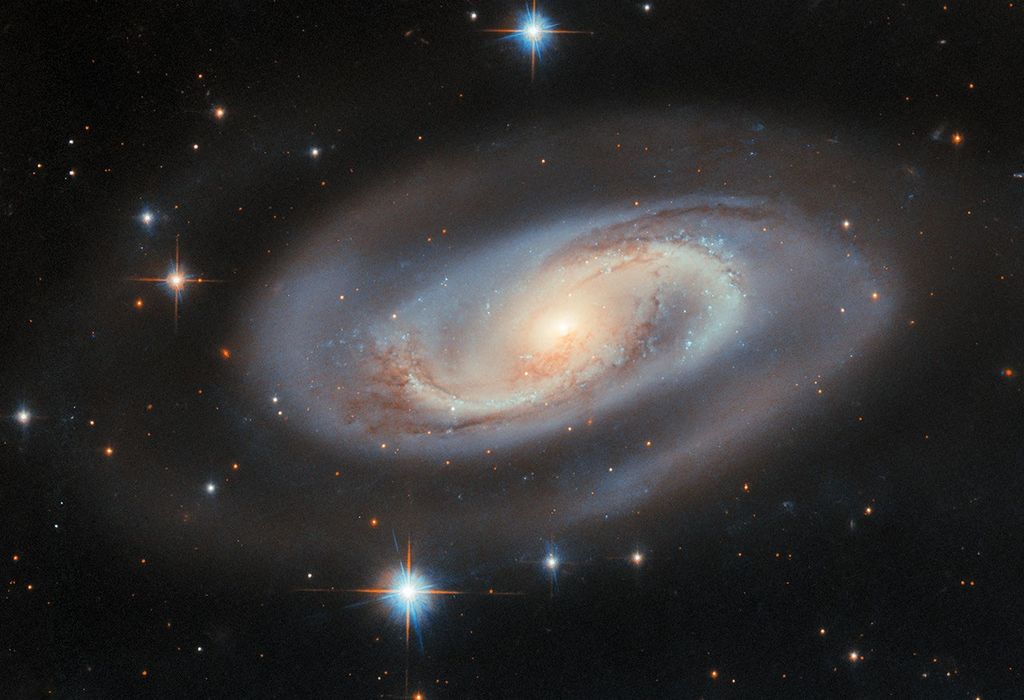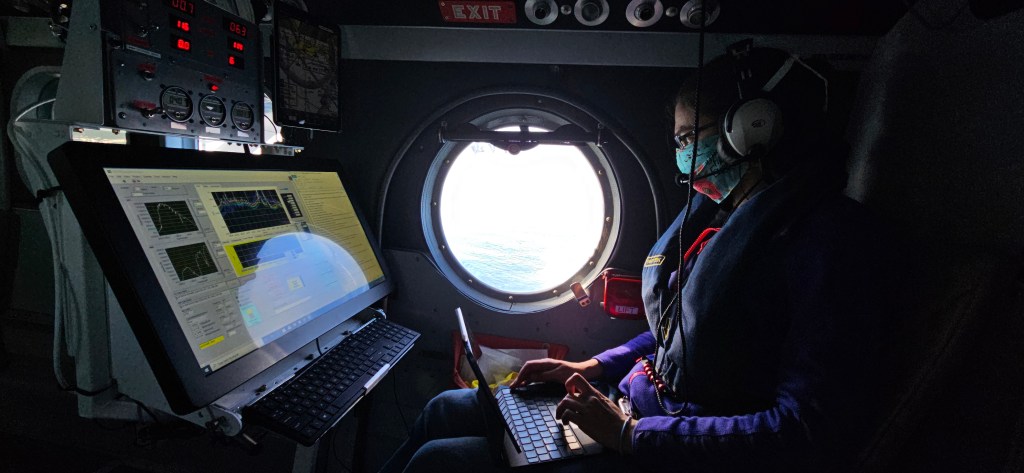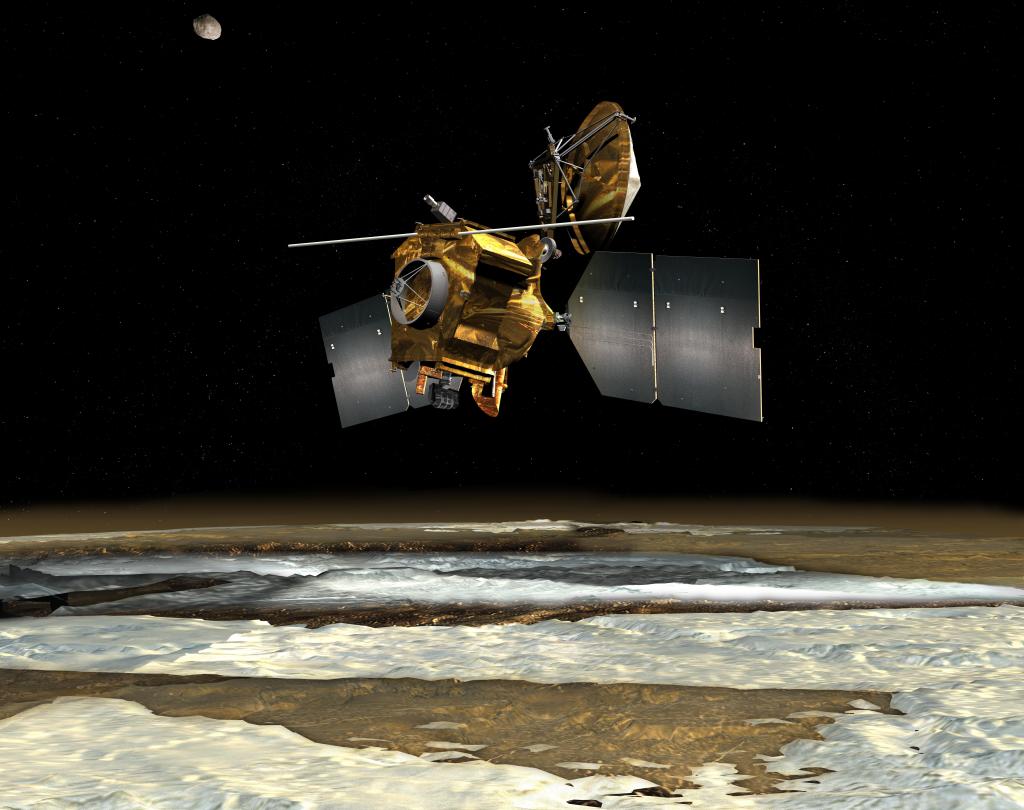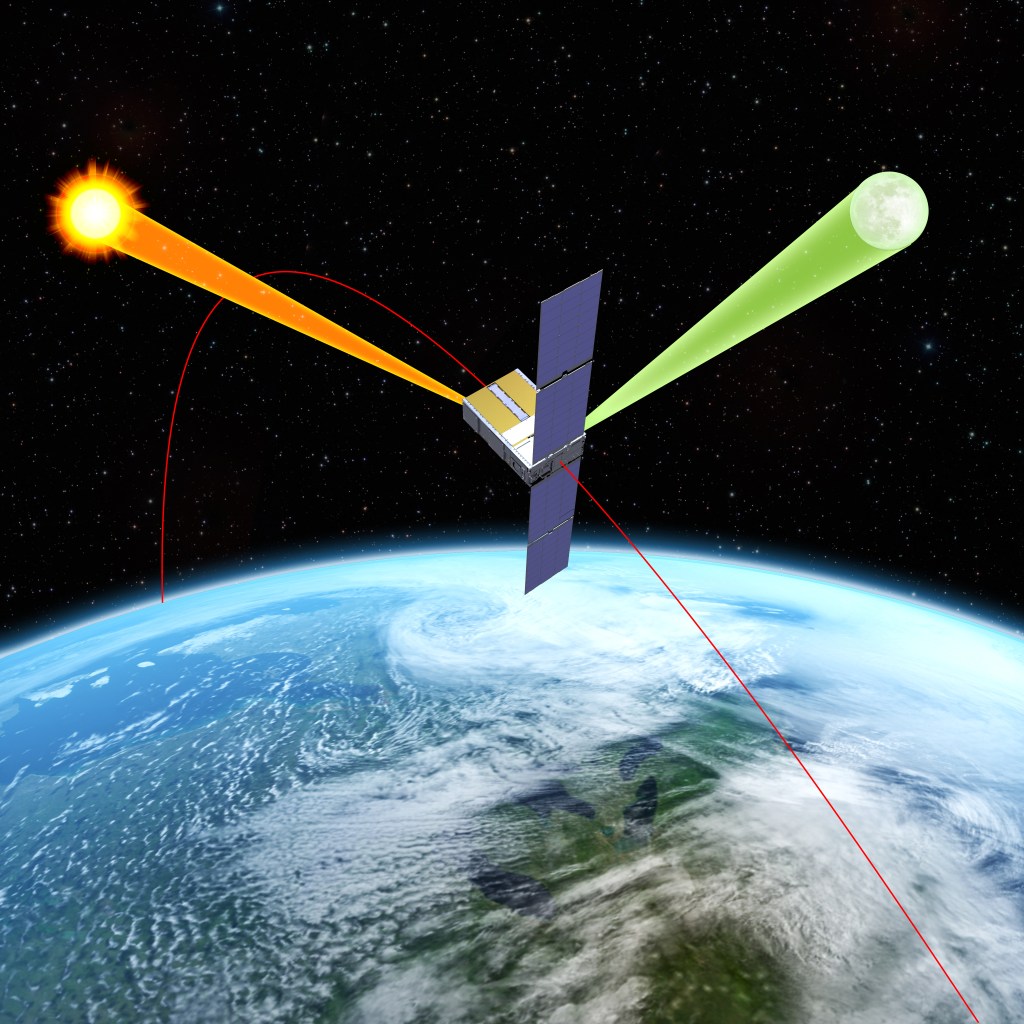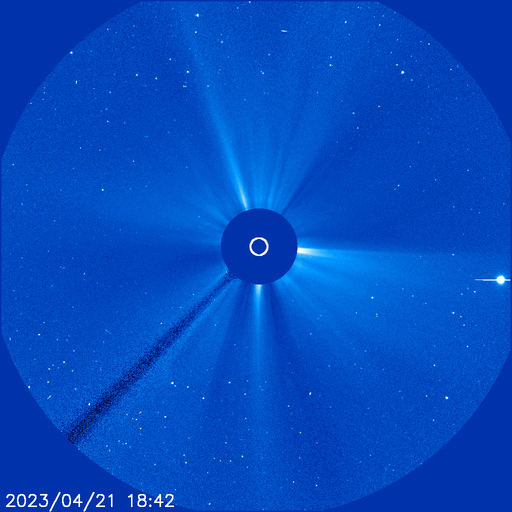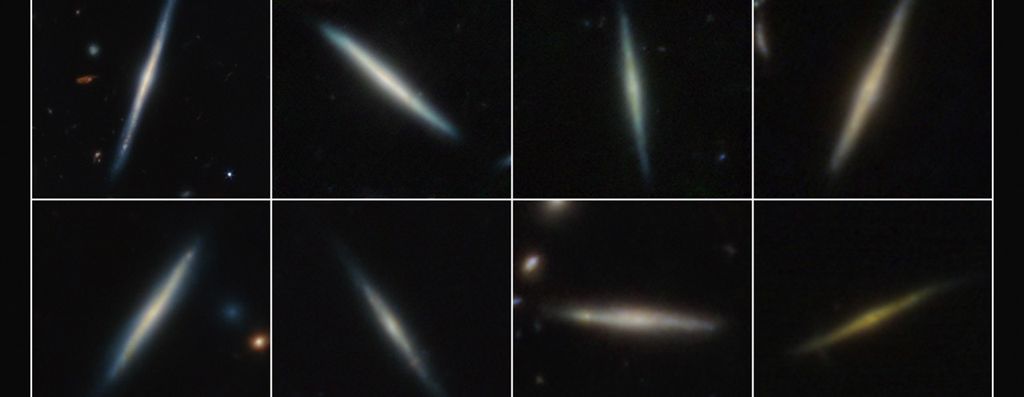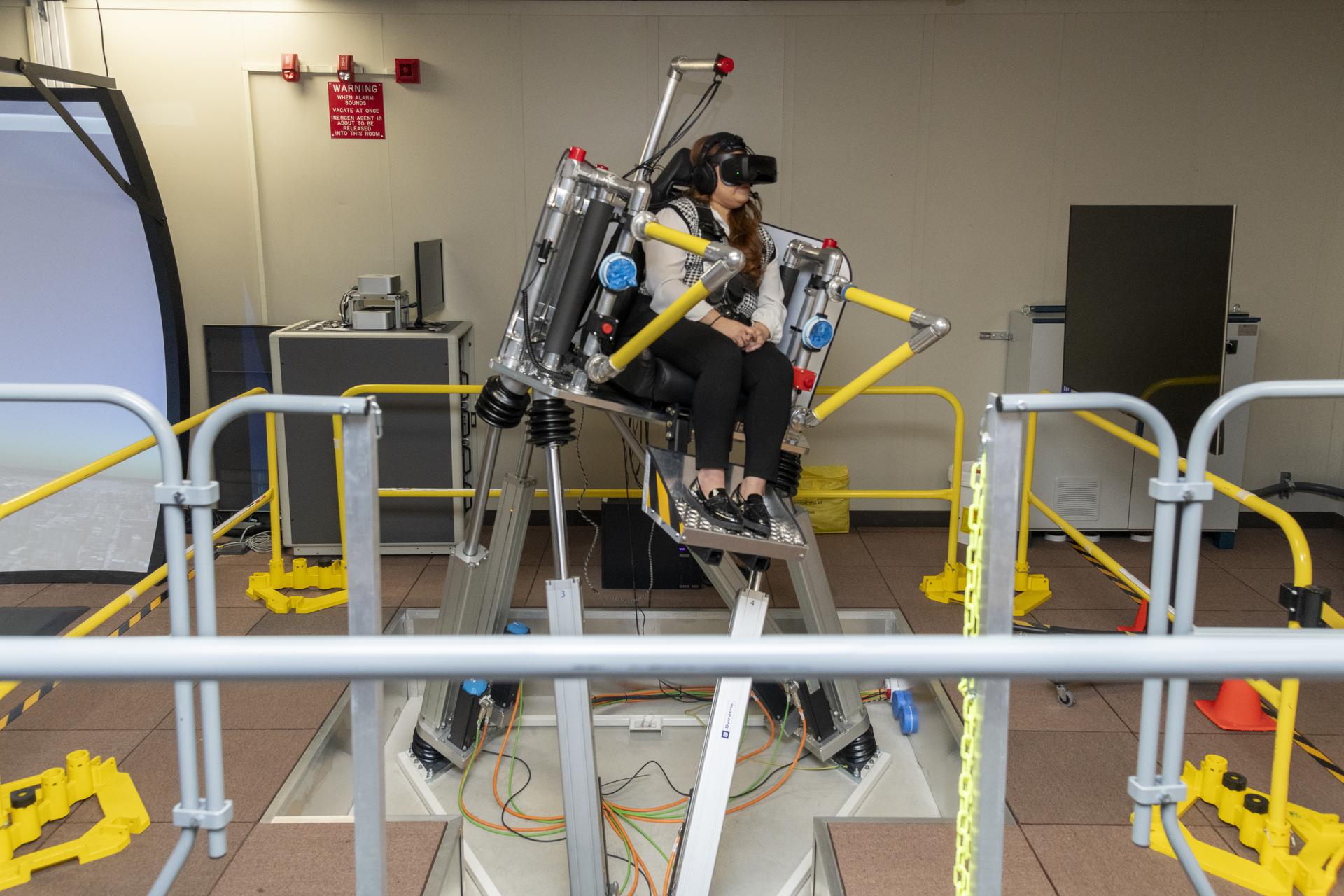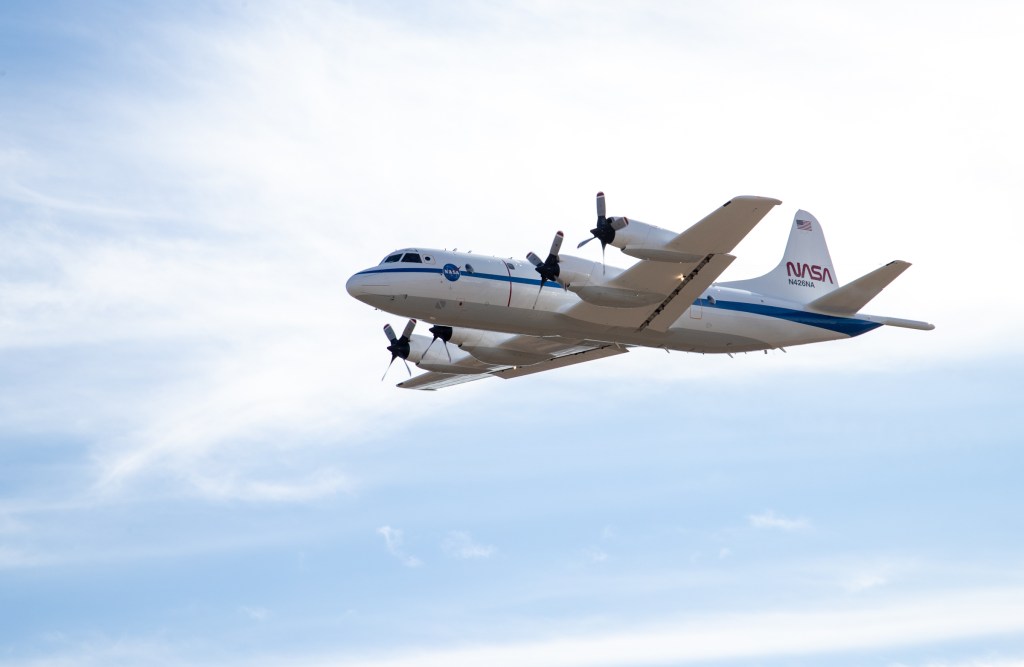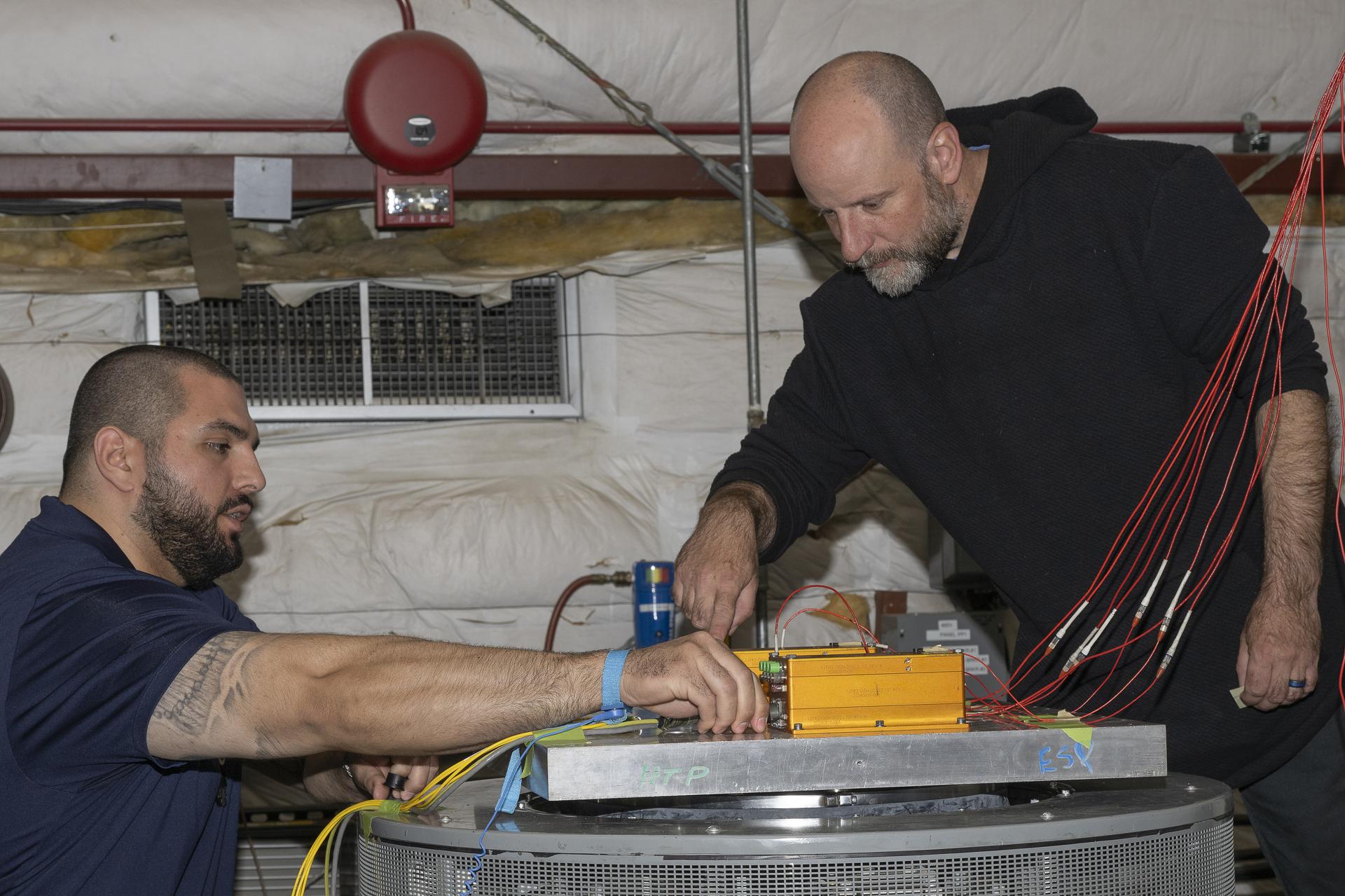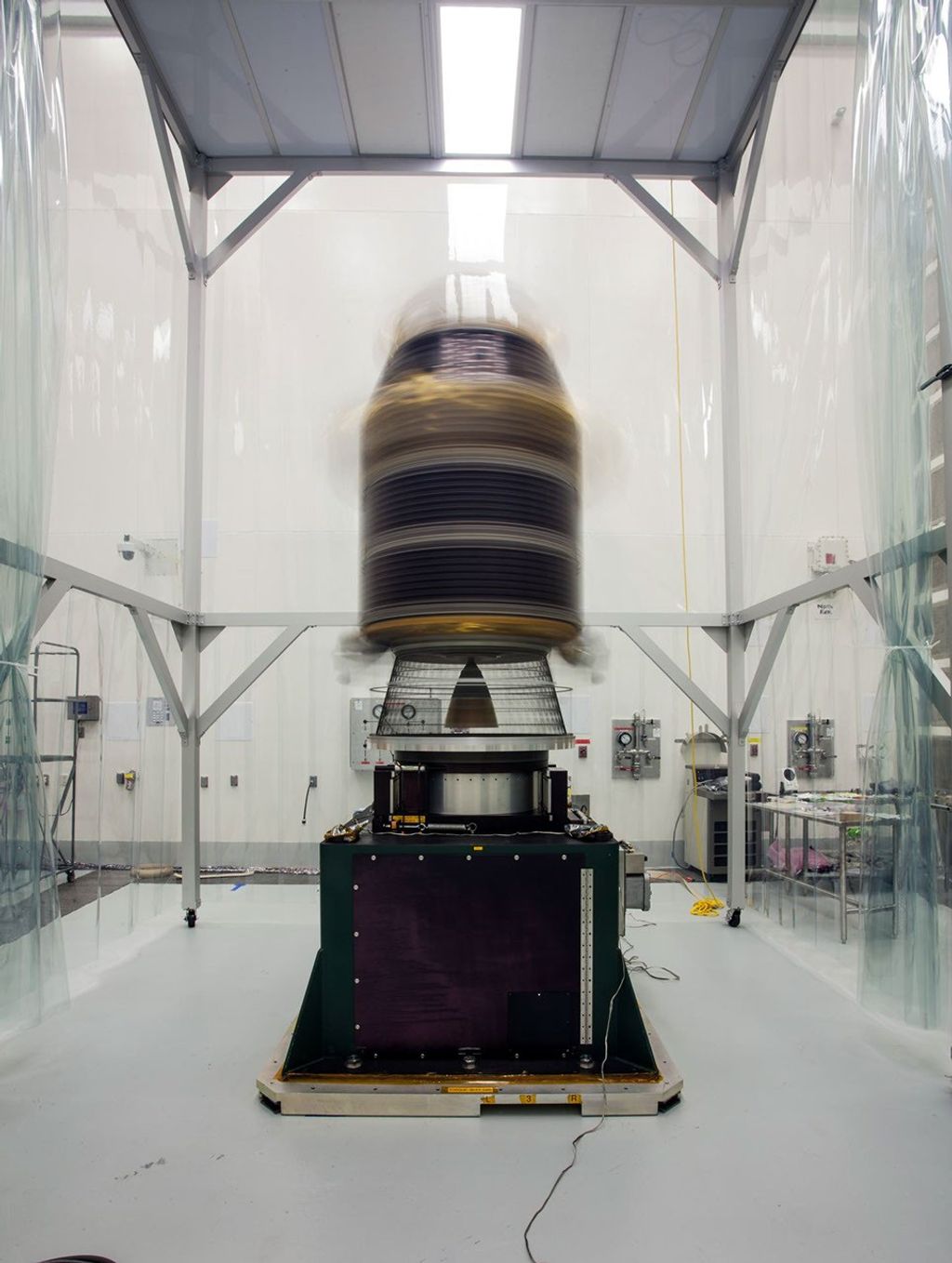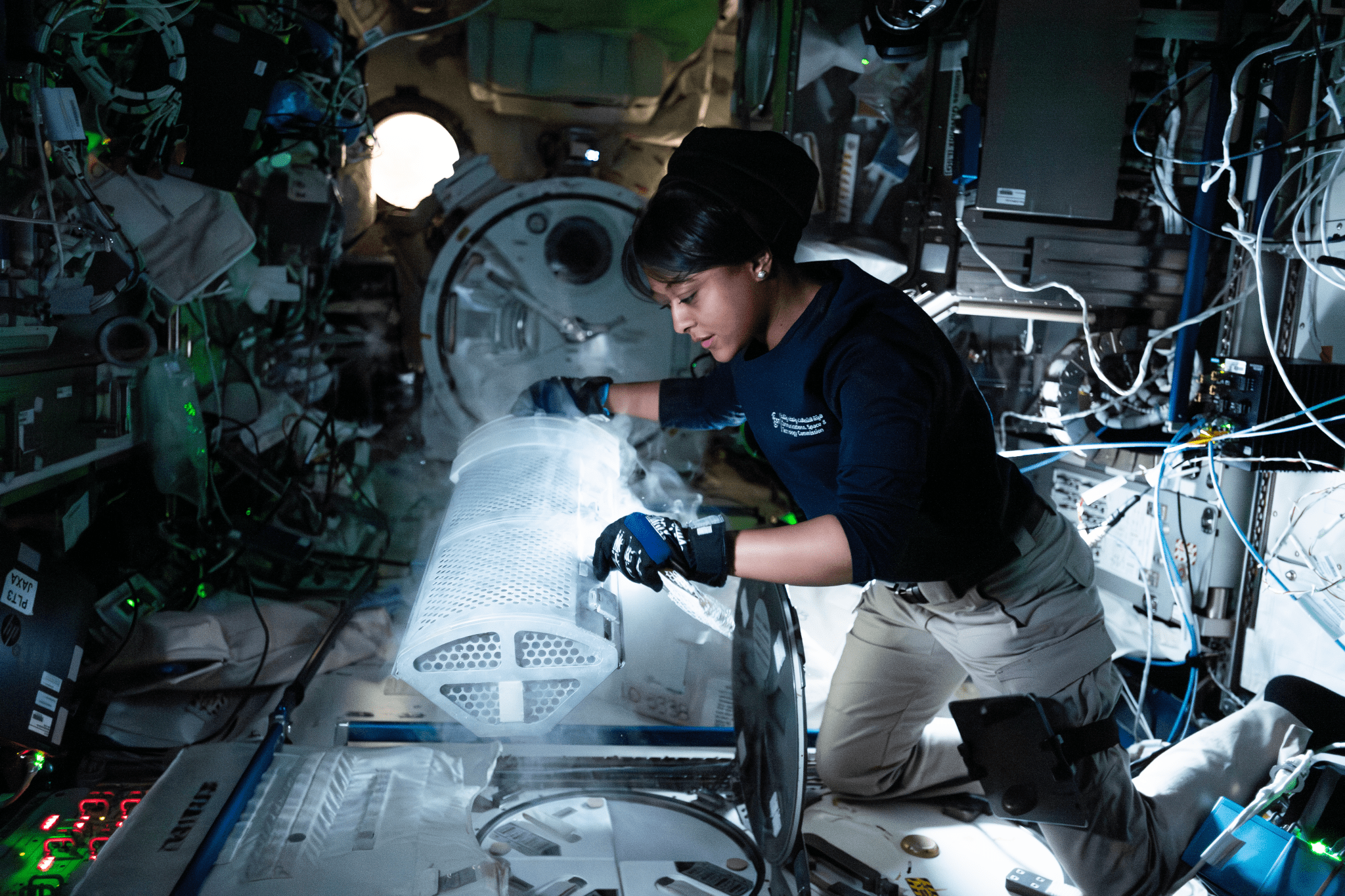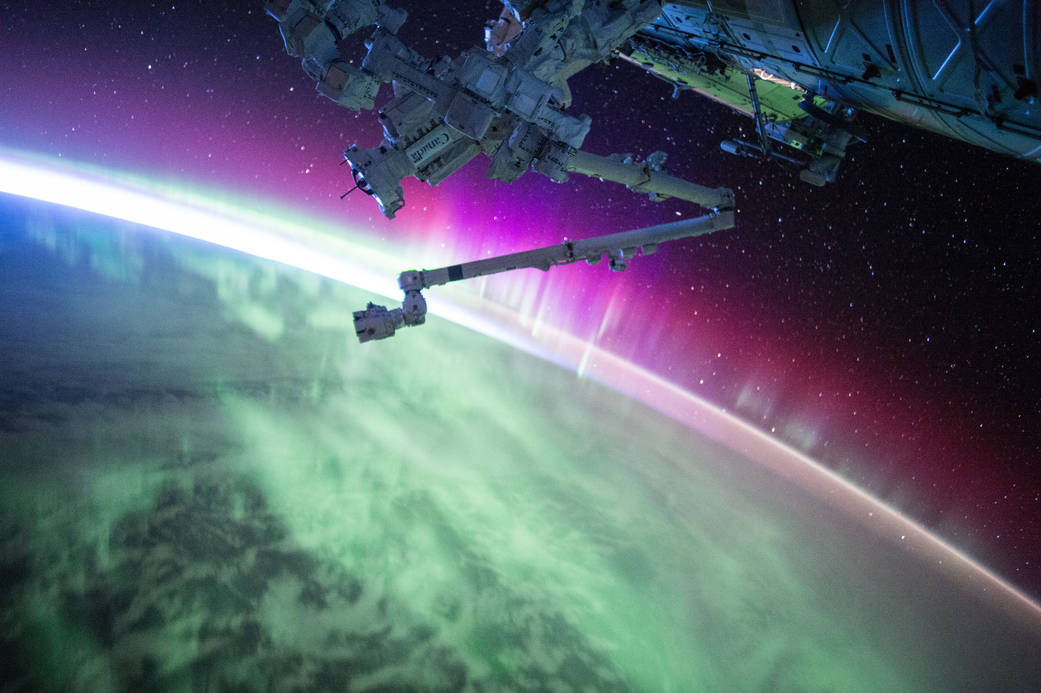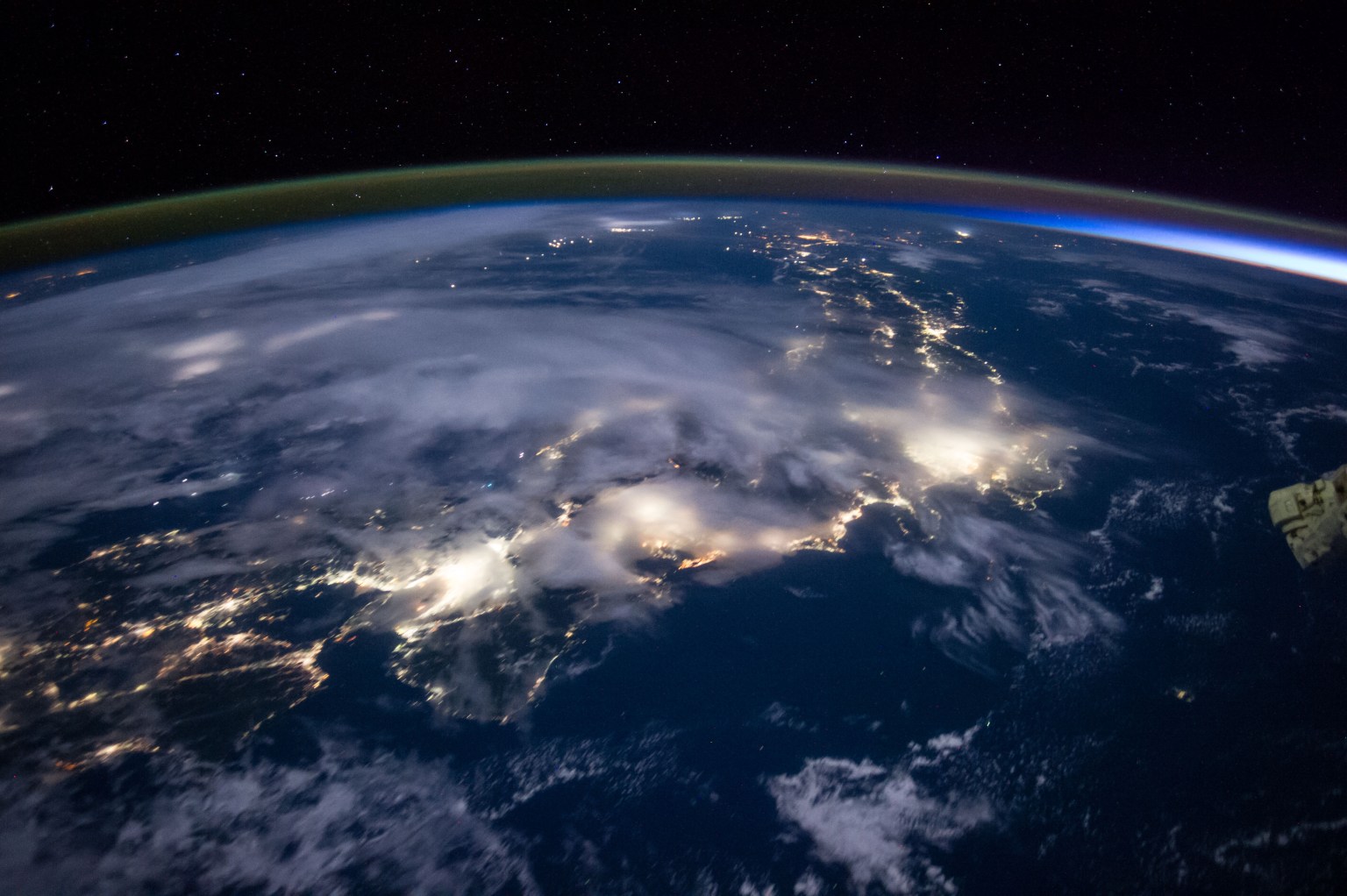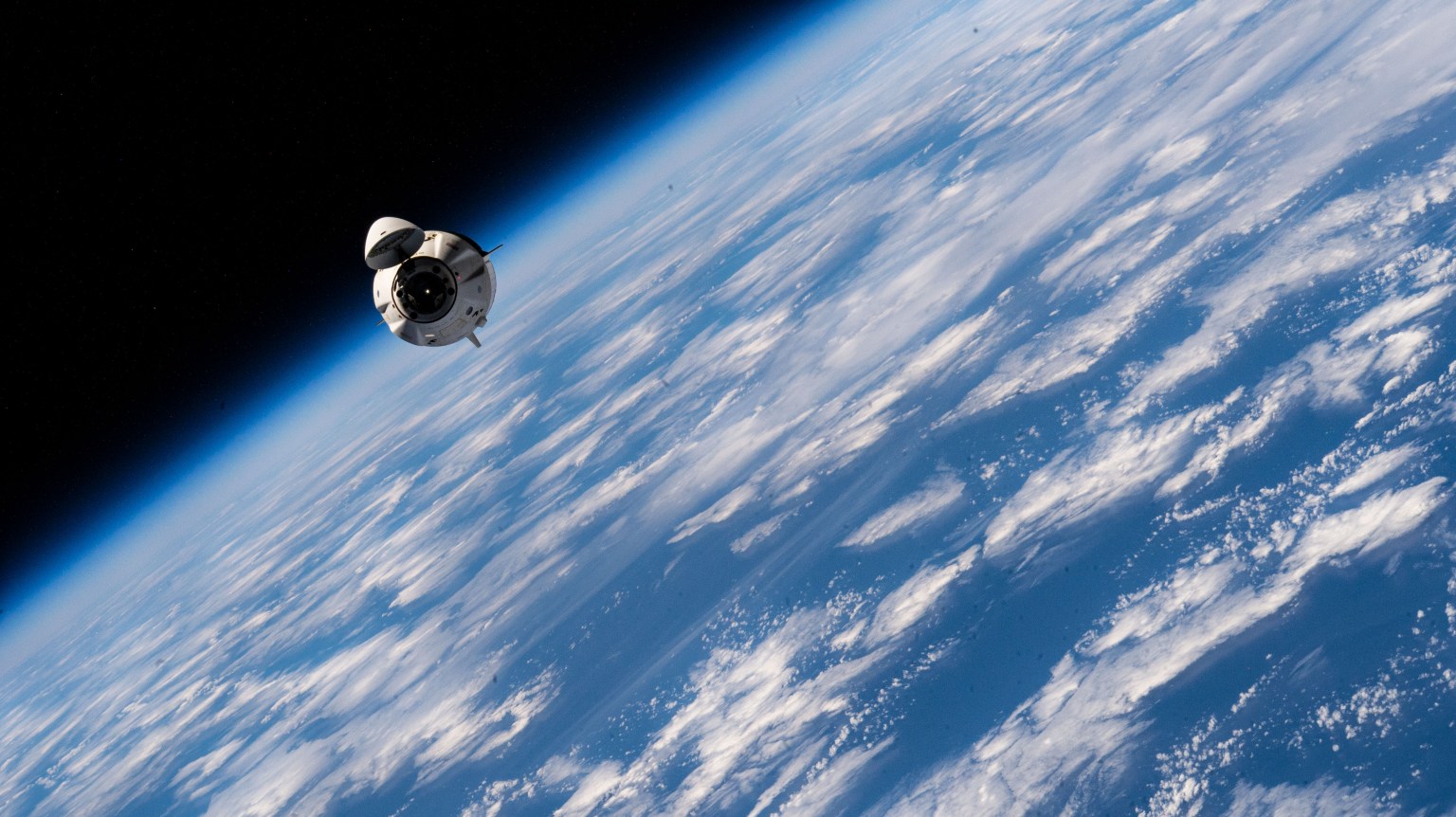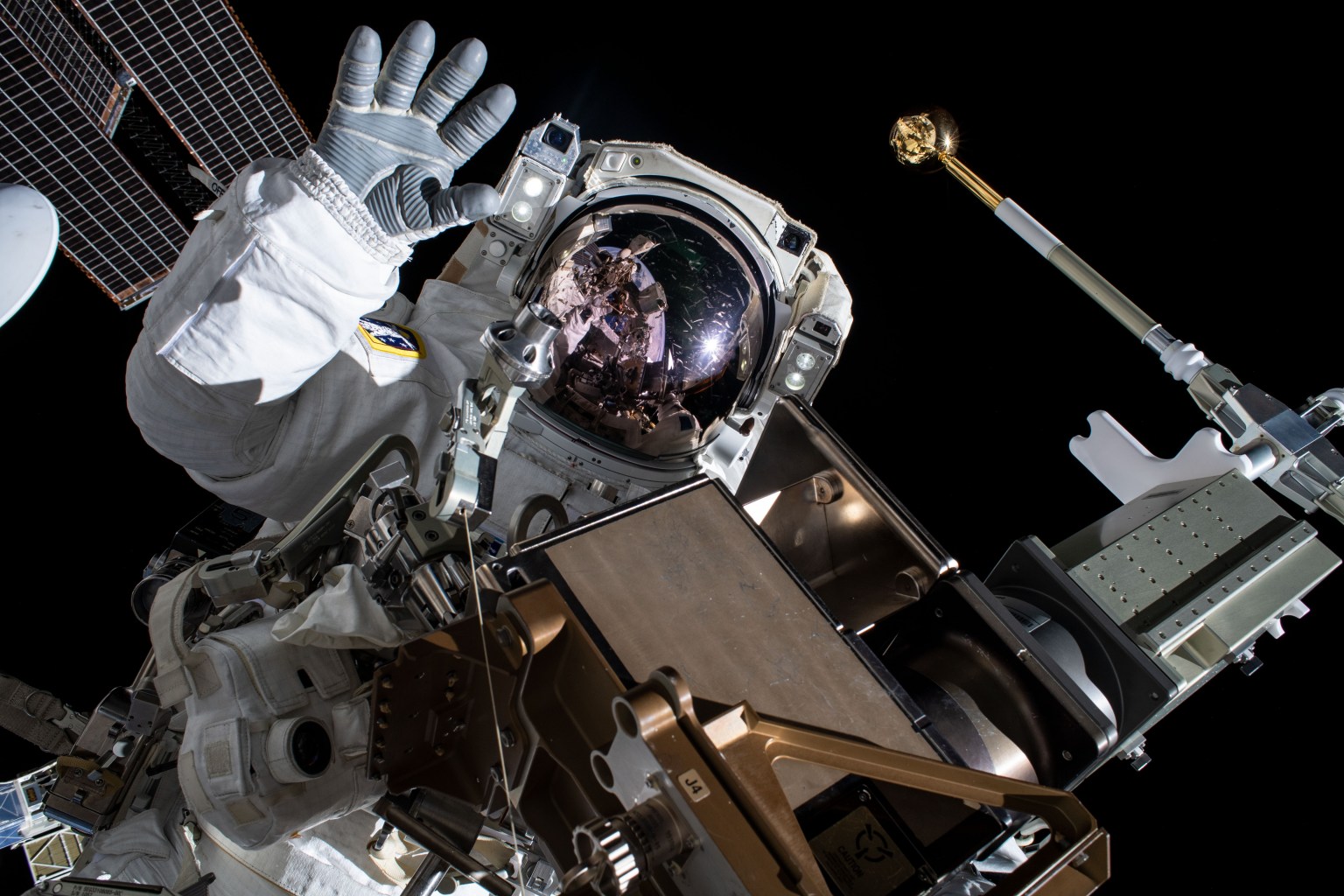Private astronaut missions are an important component of NASA’s strategy for enabling a robust and competitive commercial economy in low Earth orbit. In 2019, NASA began to offer flight opportunities for commercial providers to utilize the International Space Station as a destination for these missions. Once arriving to the space station, private astronauts conduct a mission comprised of science, outreach, and commercial activities.
Private astronaut missions also serve as pathfinders in demonstrating the demand for future commercial space stations. NASA is committed to maintaining a continuous human presence in low Earth orbit. As the space station nears the end of operational life, NASA plans to transition to a new model featuring commercial space stations to maintain its leadership in microgravity research and ensure a sustained access to low Earth orbit for the benefit of humanity.
In addition to expanding access of low Earth orbit and the space station to more people, science, and commercial opportunities, NASA’s support of private astronaut missions helps industry develop skillsets to conduct such missions and gain insight into associated costs with future commercial space stations.
The first private astronaut mission to the station, Axiom Mission 1, lifted off in April 2022 for a 17-day mission aboard the orbiting laboratory. The second private astronaut mission to the station, Axiom Mission 2, launched in May 2023 with four private astronauts who spent eight days in orbit. The most recent private astronaut mission, Axiom Mission 3, launched in January 2024; the crew spent 18 days docked to the space station.
The fourth private astronaut mission, Axiom Mission 4, launched to the orbital outpost on Wednesday, June 25 for an about two week mission.
NASA Continues Support for Private Astronaut Missions to Space Station
NASA is seeking proposals for two new private astronaut missions to the International Space Station, targeted for 2026 and 2027, as the agency continues its commitment to expanding access to space.
Learn More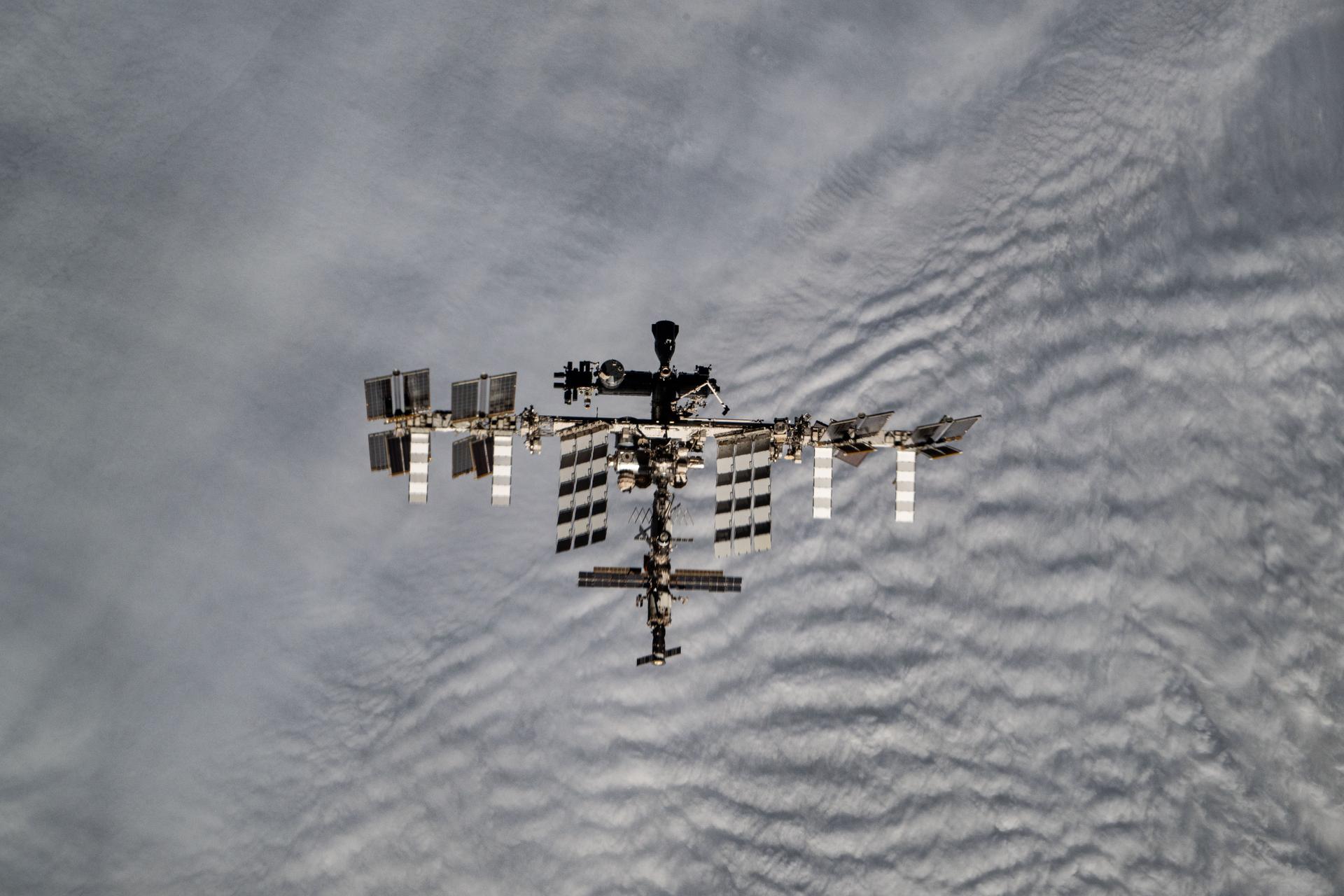
NASA Welcomes Axiom Mission 4 to the International Space Station
A SpaceX Dragon spacecraft carrying the Axiom Mission 4 crew docks to the space-facing port of the International Space Station’s Harmony module on June 26.
Learn More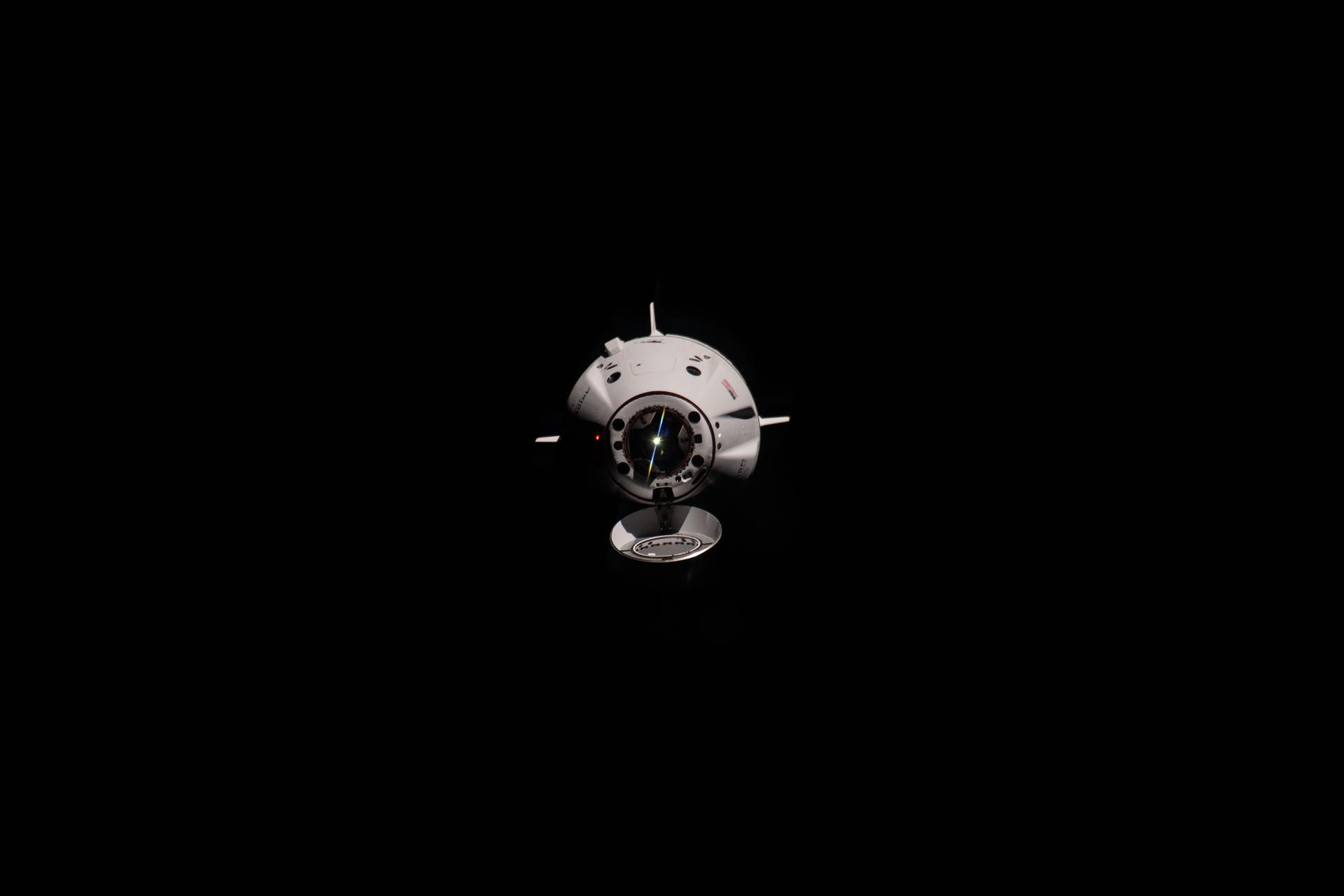
Commercial and Marketing Pricing Policy
NASA has reserved a set amount of International Space Station resources intended to serve commercial and marketing activities. All commercial and marketing activities that use space station resources shall require a reimbursable space act agreement or another arrangement with NASA to recover costs to the agency.
Learn More